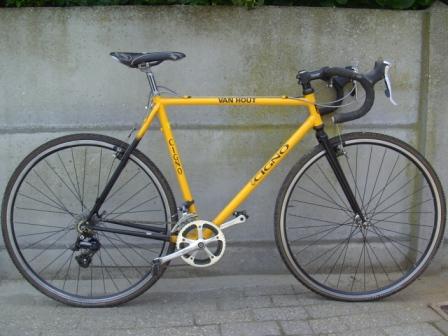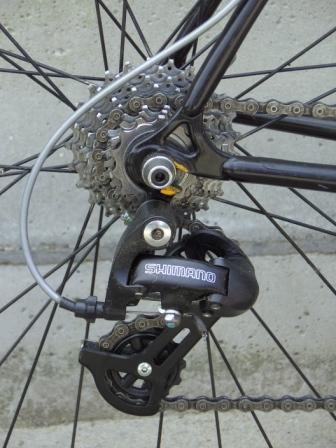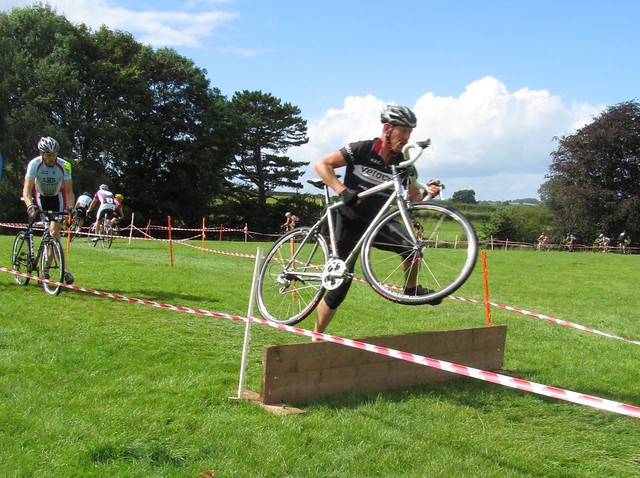Cross bikes
I have a new blog site for X bikes, which will have lots of differant bikes on which is the wondeful thing about X-bikes
Everyone has there owners little touches
http://crossbikes4u.blogspot.com/
will be some pics later in the week, including the only disc-braked X bike to win an open X race ???
I have a new blog site for X bikes, which will have lots of differant bikes on which is the wondeful thing about X-bikes
Everyone has there owners little touches
http://crossbikes4u.blogspot.com/
will be some pics later in the week, including the only disc-braked X bike to win an open X race ???


